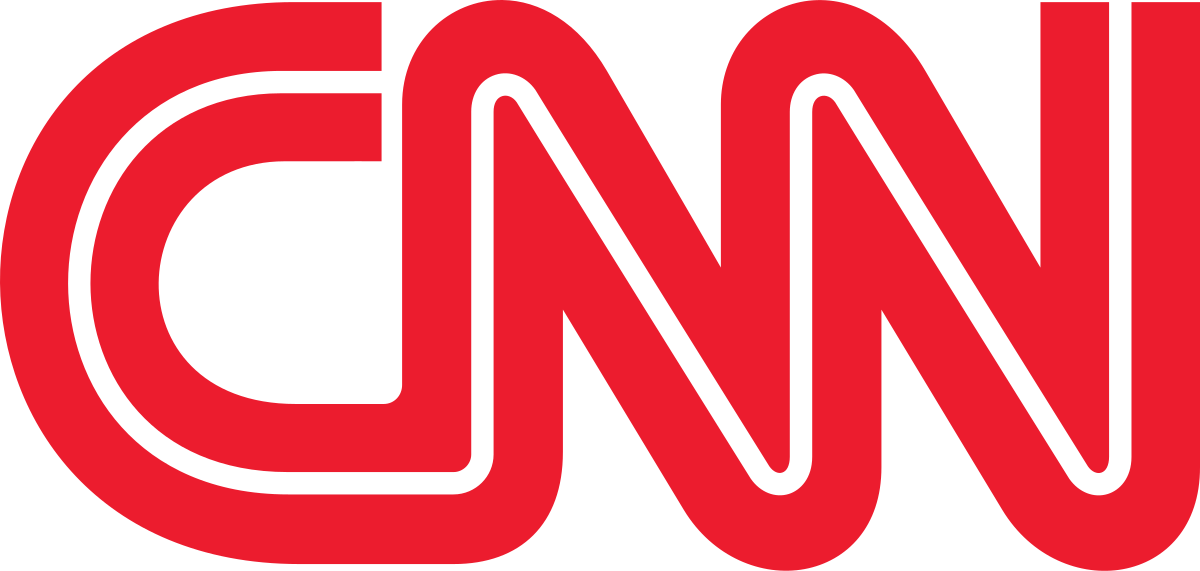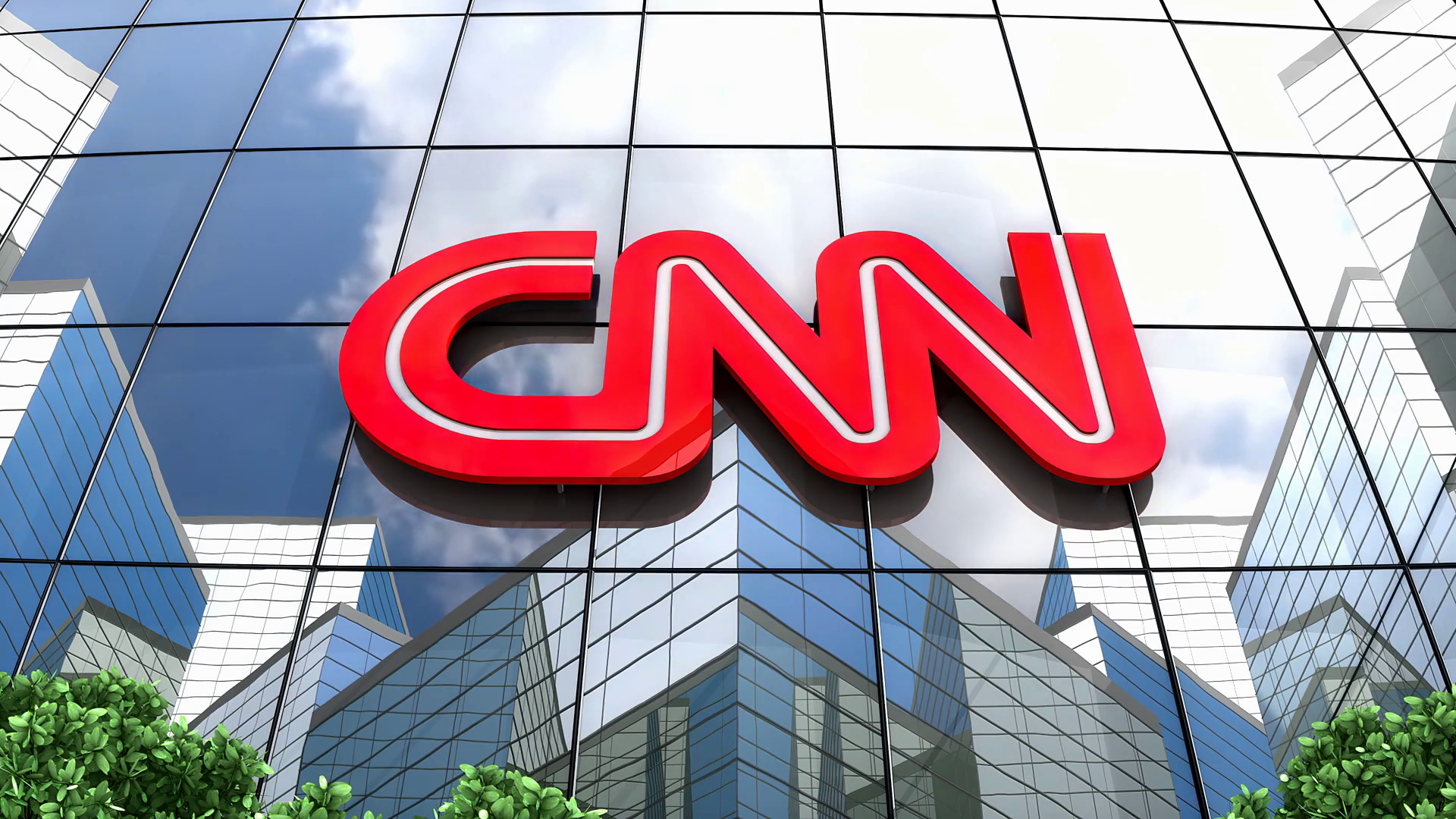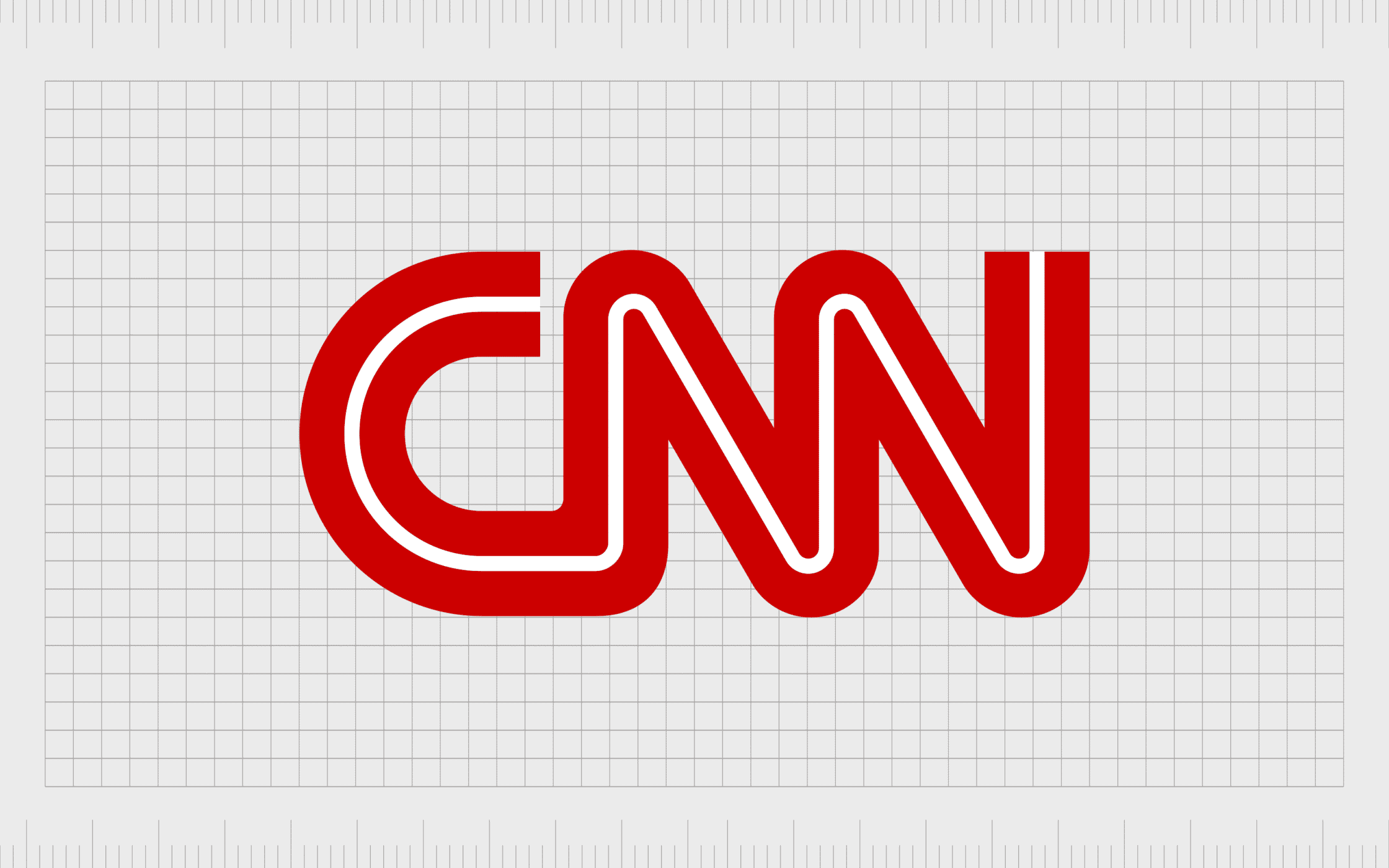When we hear "CNN," a lot of us immediately think about a news organization, a place where stories are told and information is shared, often with faces like Abby Phillips bringing us the latest updates. It is, you know, a big part of how many people get their daily news, offering perspectives on events happening all over. Yet, there's another "CNN" out there, one that works behind the scenes in a completely different way, helping digital systems make sense of pictures and other complex information, which is a bit of a curious thing to consider, actually.
This other "CNN" operates in the world of computer science, a special kind of digital setup that helps machines learn to spot things in images or other kinds of data. It's a system designed to look for patterns, picking out important bits from what might seem like a jumble of visual details. So, when you think about how computers can recognize faces or objects, or even help with things like medical imaging, this digital "CNN" is often playing a big part, basically.
It's interesting how a simple set of letters can point to such different ideas, isn't that right? One helps us stay informed about the world, with people like Abby Phillips at the forefront, while the other helps machines understand that very world, working with data and algorithms. Today, we're going to talk a little more about that second "CNN," the one that helps computers learn to "see" and process information, drawing from how these systems are built and what they do with digital patterns.
- Cameron Diaz And Diddy.https
- Jasmine Crockett Husband.https
- Sidney Crosby Wife.https
- Masa49 Com.https
- Wolfgang Van Halen Weight Loss.https
Table of Contents
- What exactly is a "CNN" in this conversation?
- How do these "layers" really work?
- Can a "CNN" see patterns across space?
- What about time-based information and "cnn abby phillips salary"?
- Different Kinds of "CNN" Structures
- Making Sense of Image Information
- The "CNN" and its purpose
- Keeping things efficient in "cnn abby phillips salary" applications
What exactly is a "CNN" in this conversation?
When we talk about a "CNN" in the context of digital patterns, we are, you know, referring to a specific type of computer setup called a convolutional neural network. This setup is a kind of digital brain where certain parts, or "layers" as they are called, use a special mathematical process known as a "convolution." This process is how these layers take in information from the part that came before them and then do something with it. It’s a way for the system to really pick up on specific details in the data it's looking at, which is pretty neat, if you think about it. Basically, it’s a method for the computer to process information in a very particular, structured manner.
This kind of "CNN" is especially good at figuring out patterns that exist across a visual area, like in a picture. So, it learns to spot shapes, textures, or even whole objects, which is a rather useful ability for a machine to have. Meanwhile, there's another kind of digital system, often called an "RNN," which is more helpful when you have information that changes over time, like speech or video sequences. The "CNN" focuses on what's there in a static view, whereas the "RNN" is about things that unfold, or so it seems. In some respects, they each have their own strengths for different kinds of data problems.
How do these "layers" really work?
To get a better sense of how a "CNN" does its job, especially when it comes to something like recognizing detailed shapes, we can look at how some people have put together these systems. For instance, to achieve something called "3DDFA," which helps in understanding three-dimensional face shapes, researchers have suggested bringing together two ideas that have shown good results recently. One is called "cascaded regression," and the other is, of course, the convolutional neural network itself. This combination allows for a more refined and step-by-step way of figuring things out, almost like building up a picture piece by piece, you know.
- Lisa Thorner.https
- Elena Moussa Height.https
- Jay Z Arrested.https
- Was P Diddy On Csi Miami.https
- Kody Brown New Wife Amber Smith.https
In a typical "CNN" setup, when you talk about a "filter" – which is a tool that helps the system look for specific things – there's usually a small two-dimensional grid, or "kernel," for each piece of information coming in. This kernel is what the filter uses to scan over the input, picking out certain features. So, in a way, each filter is designed to produce one main "feature map," which is a kind of simplified representation of what it found, no matter how many different starting points it had to look at. This helps keep the processing focused and efficient, which is really quite clever.
Imagine, if you will, that an input picture has just one channel of information, kind of like a black and white image. But what if you wanted to look at a series of pictures, say, from a video? You could, in fact, use a separate "CNN" to pick out important details from the first few frames, maybe the last five, and then pass those collected details to an "RNN" to handle the time-based aspect. And then, you'd do the "CNN" part again for the next frame, like the sixth one, to keep the process going. This method, you know, allows for handling both the spatial patterns and the changes over time, which is pretty powerful.
Can a "CNN" see patterns across space?
Yes, a "CNN" is definitely built to learn and recognize patterns that are spread out in space, like the arrangement of pixels in an image. This is, you know, what makes it so good for tasks involving pictures. It's almost like it has a special ability to look at a whole area and figure out what's what, picking up on connections that might not be obvious to other types of digital systems. So, when you think about how a computer can tell a cat from a dog, it's often this spatial pattern recognition at play, which is quite impressive.
The way these convolutional parts work is that they actually help to make the initial input smaller, keeping only the most important details from the picture. Think of it like taking a big, detailed map and then making a simpler version that just shows the major roads and landmarks. After these convolutional parts have done their job, there's often another part, called a "fully connected layer," that takes these simplified details and uses them to make a final decision, like saying "this is a picture of a cat." It’s a bit like a detective gathering clues and then putting them all together to solve a case, isn't it?
What about time-based information and "cnn abby phillips salary"?
While a "CNN" is really good at seeing patterns in static images or across a space, another kind of digital system, the "RNN," is, in contrast, much better suited for dealing with information that changes over time. So, if you're looking at things like spoken words or video clips, where the sequence of events matters, an "RNN" is often the tool you'd pick. The "CNN," by its nature, tends to focus on what's present in a single snapshot, which is a bit different from how an "RNN" operates, you know.
The original piece of writing you might be looking at, which introduced the idea of a "cascaded convolution neural network," actually talks about this very thing. In that work, the people who wrote it explain that to make something like "3DDFA" happen, they suggested bringing together different successful ideas. It’s about combining strengths, really, to solve a bigger problem. So, while the phrase "cnn abby phillips salary" might make you think about news and people, this technical "CNN" is all about how machines process visual information, and how that might combine with systems for time-based data, which is a fascinating area.
Different Kinds of "CNN" Structures
There are, in fact, a couple of main ways these convolutional neural networks are often set up. You have what we might call "traditional CNNs," which are the more common form people think of. Then there are also "fully convolutional networks," or "FCNs." An "FCN" is a kind of digital system that only uses operations that involve convolution, or making things smaller or larger in a specific way. It's almost like a purer form of the convolutional idea, if you will. Essentially, an "FCN" is a system where every part of it performs these specific kinds of transformations, which is pretty straightforward in its design, you know.
One interesting way to keep the system's ability to process a lot of information, while at the same time making sure it doesn't look at too wide an area at once, is to add certain kinds of layers. Instead of using the more common 3x3 convolutional layers, you can, for instance, add 1x1 convolutional layers. This was done in some specific parts of these systems, often called "denseblocks," where the very first layer was a 3x3 convolution, and then this other approach was used. It’s a clever way to manage how much information each part of the system processes, which can really help with efficiency, you know.
Making Sense of Image Information
The core idea behind a "CNN" is, in a way, to take raw image information and turn it into something more meaningful for a computer. So, if you have a picture, the convolutional layers work to pull out only the most important bits, kind of like highlighting the key features. These layers are really good at reducing the amount of data while keeping the valuable stuff. Then, after these features have been extracted, a "fully connected layer" steps in. This part uses those collected features to make a final decision or classification about the image, which is the whole point, isn't it? It’s a process of refinement and interpretation, essentially.
When it comes to images, sometimes people choose to make them square, and that's often just for simplicity. It makes the math and the processing a bit easier to handle, you know. It's not necessarily a strict rule, but more of a practical choice that helps when you're building these systems. So, while the shape of the image might seem like a small detail, it can actually influence how straightforward the whole process of pattern recognition becomes for the "CNN," which is something worth noting.
The "CNN" and its purpose
So, what's the big deal about a "CNN" anyway? What makes it so important in the world of digital processing? Well, its main significance lies in its ability to automatically learn and identify patterns directly from raw data, especially visual data, without needing a lot of human guidance on what to look for. This makes it incredibly powerful for tasks like recognizing objects, understanding scenes, and even helping with medical diagnoses by looking at scans. It’s a system that, in a way, teaches itself to "see" and interpret, which is a truly remarkable capability, you know.
The process starts with an input, which might be a picture with just one channel of information, like a grayscale image. But the flexibility of these systems means you can, for instance, have separate "CNNs" that are just for pulling out specific features. You could use one to extract details from a series of frames, say the last five, and then hand those details over to another system that handles time-based data. And then, you'd use the "CNN" again for the next frame, like the sixth one, to continue gathering information. This approach helps in
- Natasia Demetriou Husband.https
- Kody Brown New Wife Amber Smith.https
- Cameron Diaz P Diddy.https
- Mary Burke Age.https
- Jennifer Lopez Pregnant.https


